This website uses a variety of cookies, which you consent to if you continue to use this site. You can read our Privacy Policy for
details about how these cookies are used, and to grant or withdraw your consent for certain types of cookies.
Research a Solution
Flumes
Filter By:
Parshall Flumes
The most common flume in North America, the Parshall Flume is an economical and exact way of measuring water flow in natural waterways, open channels and pipes that aren’t full. Parshall Flumes are hourglass-shaped and available in 22 standard sizes that don’t require calibration once installed.
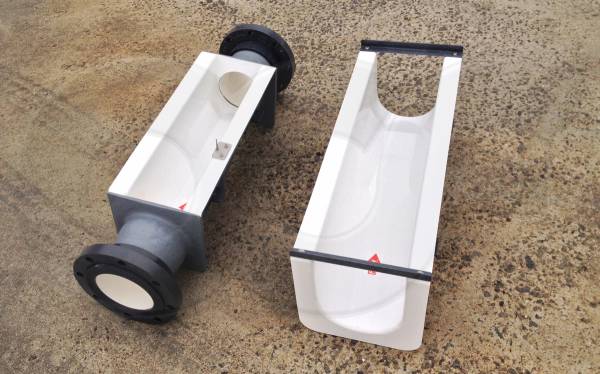
Palmer Bowlus
Designed specifically to measure sanitary sewage and wastewater, with their U-shaped cross-section, Palmer Bowlus Flumes readily adapt to in-line piping and are shaped to allow solids to pass easily. Available in line sizes from 4- to 48-inches, Palmer Bowlus Flumes are a low cost and popular choice.
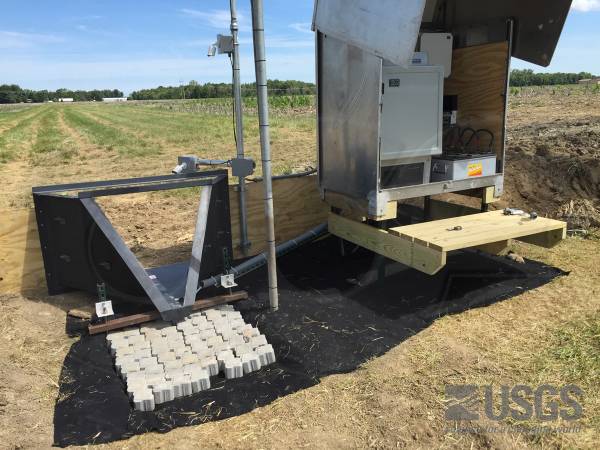
HS / H / HL Flumes
Designed specifically to measure sanitary sewage and wastewater, with their U-shaped cross-section, Palmer Bowlus Flumes readily adapt to in-line piping and are shaped to allow solids to pass easily. Available in line sizes from 4- to 48-inches, Palmer Bowlus Flumes are a low cost and popular choice.
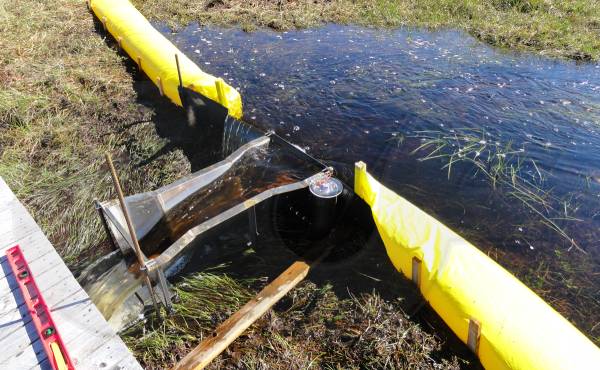
Trapezoidal Flumes
Originally developed to measure agricultural flows, Trapezoidal Flumes come in a variety of sizes, allowing you to measure industrial discharges, sanitary sewers, and dam seepage. The flat floors of these flumes pass solids easily, while the V-shaped cross-section provides good low flow sensitivity.
Cutthroat Flumes
If you need to measure flow on a flat gradient, retrofit into an existing channel, or split a flow, Cutthroat Flumes can be a good fit. These hourglass-shaped flumes are available in a range of standard sizes and easily install in existing channels.
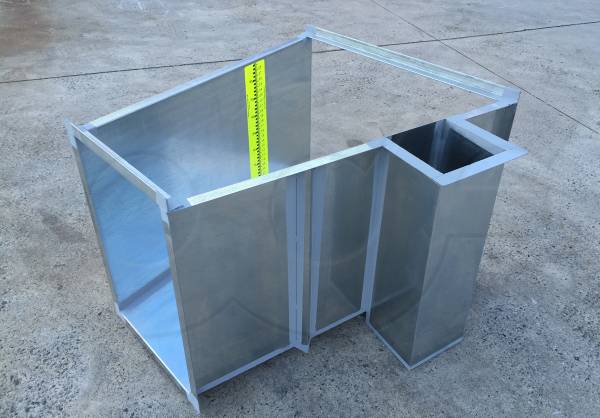
Montana Flumes
Starting with the Parshall Flume layout, the Montana Flume removes the throat and discharge sections. This shorter design makes them inexpensive to manufacture and install, but at the cost of needing to have free-spilling discharge off the end. With (22) standard sizes, Montana Flumes can accommodate a wide range of flows.
RBC Flumes
A class of portable, long-throated flumes, the RBC is a relatively recent (1984) flume developed to measure flows in earthen channels and furrows by researchers at the U.S. Department of Agriculture and the International Institute for Land Reclamation.
Named for its developers, Messer's Replogle, Bos, and Clemmens, the RBC Flume is a series of 5 different flumes intended to be highly portable, easy to make, and extremely accurate.
Flume Overview
Flumes are specially shaped, engineered structures used to measure the flow of water in open channels. Flumes are static in nature - having no moving parts - and develop a relationship between the water level in the flume and the flow rate by restricting the flow of water in various ways.
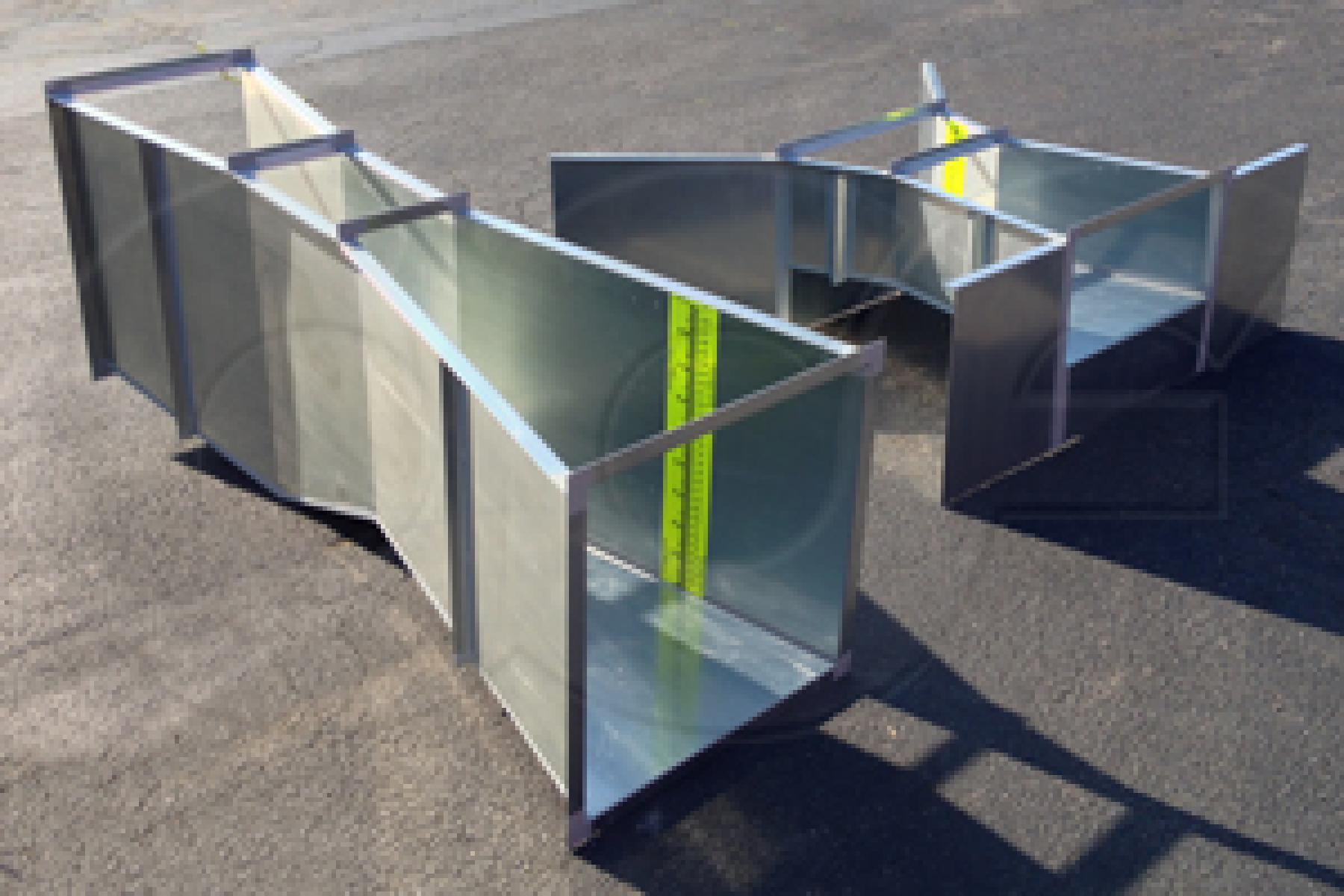
Flumes can accelerate slow, sub-critical (Fr<1) flow to a supercritical state (Fr>1) by:
- A change in elevation
- A contraction of the sidewalls
- Or a combination of the two
Accelerating slow flow to a supercritical state creates upstream conditions where - under free-flow conditions - the flow rate can be determined by measuring the water level at a single, defined point in the flume (Ha).
The relationship between the water level at the point of measurement (Ha) and the flow rate can be obtained by test data (short-throated flumes) or derived formula (long-throated flumes).
Flume Accuracy
With proper installation, flumes can be accurate to +/-2-5% (for the flume itself); however,overall system accuracy is +/-10% when all factors are considered. This accuracy is similar to that of weirs- although weirs are slightly more accurate underideal conditions.
Flume Advantages
While having similar accuracy, flumes have distinct advantages over weirs, including:
- The ability to measure higher flow rates than a comparably sized weir
- Less head loss (~1/4th that of a weir)
- More readily passes debris
- Wide range of styles and sizes
- Off-the-shelf availability
- Smaller installation footprint
- Less rigorous maintenance requirements
Also, most flumes are resistant to changes or restrictions in the downstream hydraulics (submergence) - something not found with weirs.
Sections of a Flume
Most flume styles consist of three parts: a converging section (inlet), a throat, and a discharge section (outlet).
- Flow is restricted in the converging section (dark blue) and is accelerated as it passes into the throat.
- Flow in the converging section must enter at a sub-critical state [typically with a Froude number (Fr) no more than 0.5]. It is here that the point of measurement (Ha) is located.

- The throat (gray) of the flume accelerates the flow to a critical / super-critical state.
- The discharge section (light blue) slows the now energetic super-critical flow and transitions it into the downstream channel.;
Classes and Styles of Flumes
In the approximately 100 years since Dr. Parshall began his investigation on his Improved Venturi flume, two distinct classes (and numerous styles) of flumes have been developed.
Short-throated flumes
"Short" does not refer to the flume length but to the fact that flow is controlled in a specific region of the flume to produce the level-to-flow relationship.
Openchannelflow manufactures the following styles of short-throated flumes:
- Parshall
- Montana (modified Parshall)
- USGS Portable (modified Parshall)
- HS / H / HL
- Trapezoidal
- Cutthroat
Short-throated flumes have a single, defined point of measurement and are empirical devices. Intermediate or non-standard sizes of short-throated flumes must be individually rated. Their use is not recommended.
Long-throated flumes
"Long-throated" flumes control flow in a throat that is long enough to cause parallel flow lines in the section of flow control.
Openchannelflow manufactures the following styles of long-throated flumes:
Long-throated flumes are somewhat more accurate than short-throated ones and can be computer designed (eliminating the need for costly laboratory rating).
Additionally, the point of measurement is not fixed but can be taken anywhere upstream of the throat's drawdown zone.

LOCATIONS IN ATLANTA, GA & BOISE, ID

